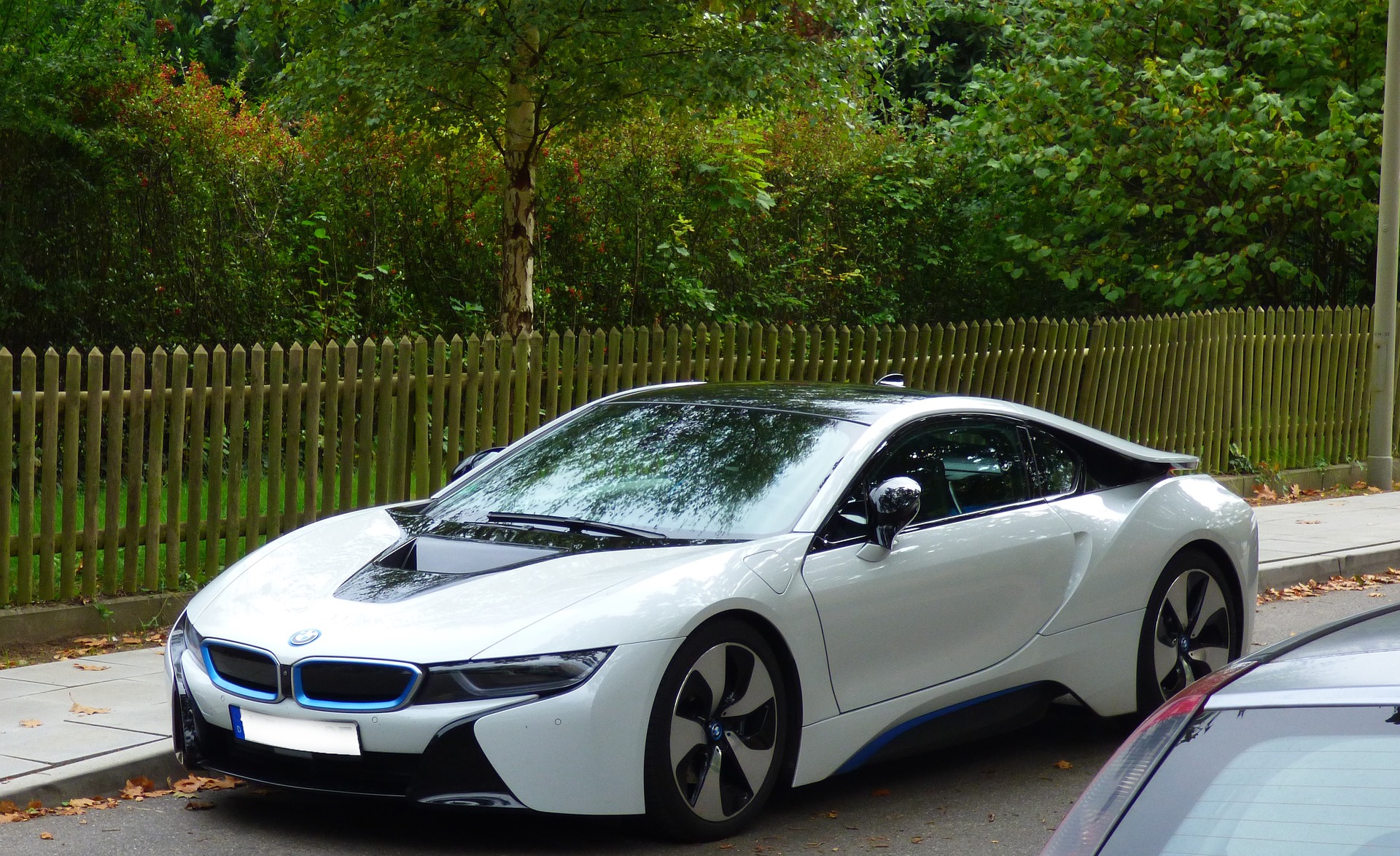By 2025, with increased demand for electric vehicles and more stringent emissions standards being imposed by various governments globally, the lithium ion battery market value is projected to hit $73 billion and will register 11%+ CAGR from 2019 to 2025, according to a Global Market Insights report.
The China market is set to achieve 13% CAGR up to 2025, owing to strong economic growth and the expansion and development of automobile manufacturing centers. Rising concerns about high emissions levels associated with the transportation sector coupled with rising demand for consumer electronics and the increasing integration of energy storage systems with renewable energy sources will further augment business growth.
In Europe, the lithium ion battery market is anticipated should grow by more than 11% by 2025. Supportive government policies coupled with a growing automotive industry will stimulate demand. By 2018, according to the International Energy Agency, there were more than a million EVs on European roads.
The U.S. lithium ion battery market in 2018 was valued over $8 billion and is set to witness strong growth over the forecast timeframe. Increasing investments in the development of EV charging infrastructure and declining costs of electric vehicles will enhance the industry outlook. Growing focus on environmental emissions coupled with tax incentives associated with adoption of renewable energy technologies will further boost the product penetration.
The global lithium ion battery market will surpass USD 73 billion by 2025, as reported in the latest study by Global Market Insights, Inc. Growing concerns toward environmental emissions coupled with increasing demand for EVs will stimulate market growth. In addition, shifting trends toward the application of renewable energy sources for power generation integrated with ESS will further enhance the industry landscape. For instance, in June 2019, U.S- based Duke Energy, announced 22 MW Li-ion storage projects to balance the demand/supply gap, improve energy security and manage costs associated with T & D infrastructure. The project will aid companies in meeting its target of installing 50 MW of battery energy storage systems by 2022.
The lithium cobalt oxide battery market will expand over 2% by 2025. High specific energy and long run time are some significant features that will favor the deployment of these batteries across consumer electronics including tablets, mobile phones, laptops and cameras. The growing demand for high-performance consumer electronic batteries offering longevity and rapid charging will further enhance industry growth.
The lithium manganese oxide (LMO) battery market will see gains because of strong thermal stability and high power. Enhanced safety and current handling will favor the distribution of these batteries across the transportation sector including electric cars, buses and two-wheelers.
A high adoption rate of activity trackers and smart watches due to health and fitness trends will drive the growth of the lithium ion battery market. Stringent waste disposal norms along with increasing demand for electronic devices will boost product penetration. In addition, a low rate of self-discharge along with high charge density are some of the prominent features favoring the installation of these batteries across the consumer electronics segment.
Significant industry participants operating across the lithium ion battery market include Hitachi Chemical, GS Yuasa, Samsung, LG Chem, Philips, A123 Systems, Sanyo, Toshiba, EnerDel, ProLogium, Saft, Roofer, Valence, Duracell, Energus Power, Tesla and Johnson Controls among others. A sample of the report is available here.
Source: Global Market Insights

